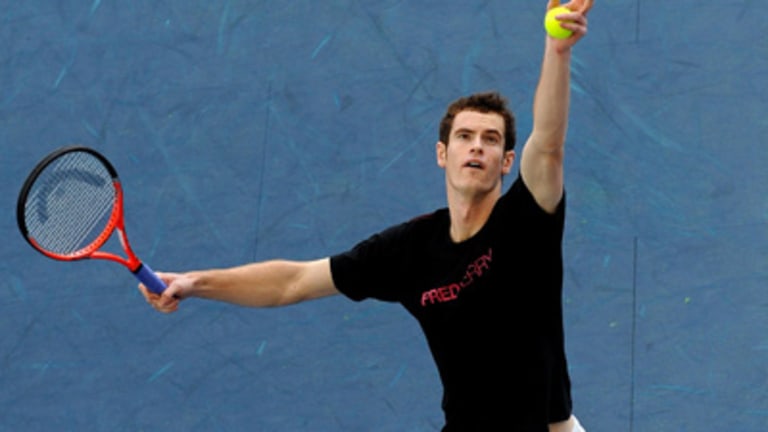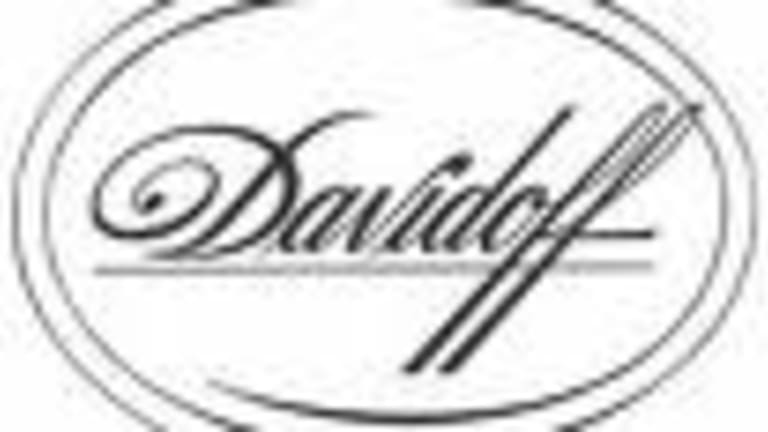Where would be without the much-maligned media beast? It’s relentless, it’s hoggish, it lives on junk food, and it must be fed every day. But my morning was made so much more pleasant because I could spend it contemplating the ramifications of Andy Murray’s new shirt, rather than . . . rather than . . . I don't know what. Let’s see what else the beast has been chewing on lately.
Adidas’s Turf Expands
I have nothing against the company. It has supported tennis for decades; it has outfitted great young players who were subsequently snatched up by Nike; and it made my favorite black windbreaker, which I’ve worn for about 10 years, much to the chagrin of various people. But I also liked the fact that Murray didn’t wear Adidas or Nike. The Brit’s connection with Fred Perry made sense and rounded out his persona. Now, after signing a rather stunning 15-million-pound deal, he’ll be wearing his own version of Adidas’ Competition line, which as far as I can tell will be similar to the clothes Jo-Wilfred Tsonga wore this year. We can only hope the company comes up with something distinctive for him, the way Nike has for both Roger Federer and Rafael Nadal.
Failing that, let’s at least keep Murray from wearing the exact outfit as his opponent. This happens too often in tennis, mainly because so many of the pros are clothed by a single company, Adidas. It robs matches of visual contrast and makes the sport look like a video game. How about this as a solution? If two players walk out of the locker room and see that they’re wearing the same shirt, the lower-seeded player must put something else on. (Full disclosure: I think I stole this idea from Toronto writer Tom Tebbutt.)
Davidoff’s Turf is Challenged
The title sponsor at this week’s tournament in Basel is Davidoff, a tobacco company. It’s one of the last tennis events to be connected with a cigarette-maker; the EU bans smoking advertisements, but Switzerland isn’t part of the EU. There’s been some pressure over the years on Roger Federer, Basel native and the face of the event, to refuse to have his picture in the company’s promotional material for the tournament. It’s a thorny issue, and one that the women’s tour knows well. The WTA made Virginia Slims its title sponsor for many years, leading at least one doctor to claim that the sport, which indirectly associated smoking with female accomplishment and style, was partially to blame for rising cancer and death rates among women from 1980 to 2000. Billie Jean King has disputed the WTA’s culpability by saying that no player ever personally promoted smoking. Whatever Federer’s stature in Basel, he’s still a player, not an organizer, the way King was with the WTA. He can’t be held responsible for where the tournament gets its money. It would be an admirable gesture if he refused to associate himself with Davidoff, but you can’t expect it of him.

